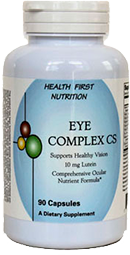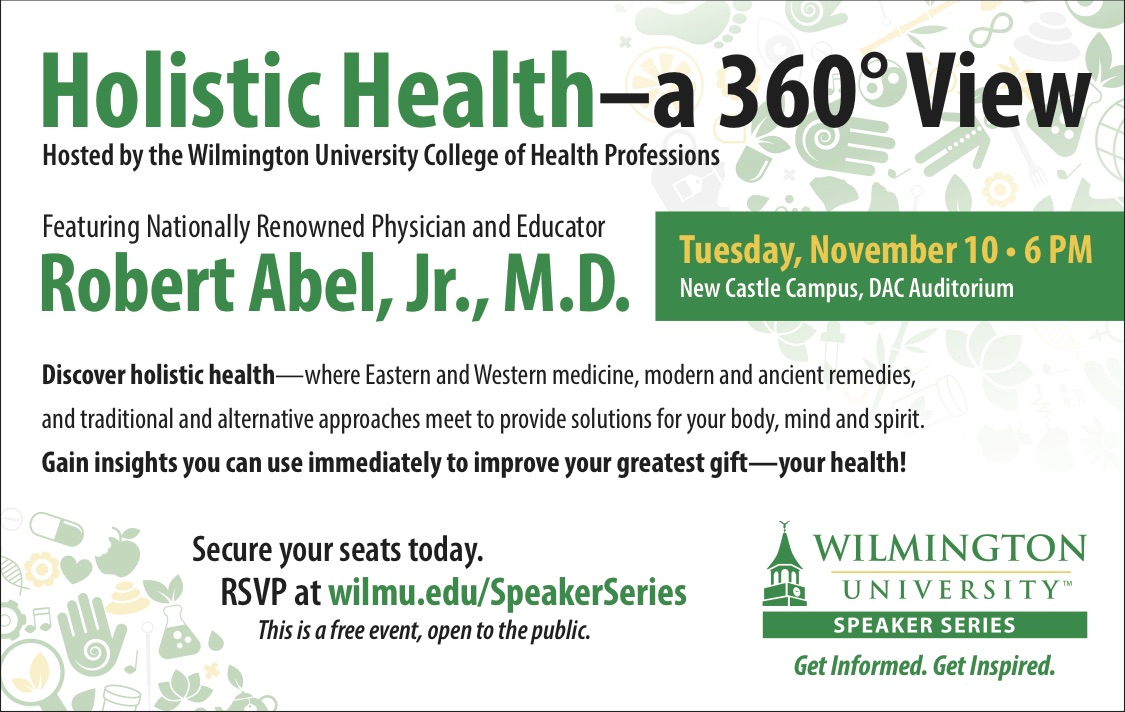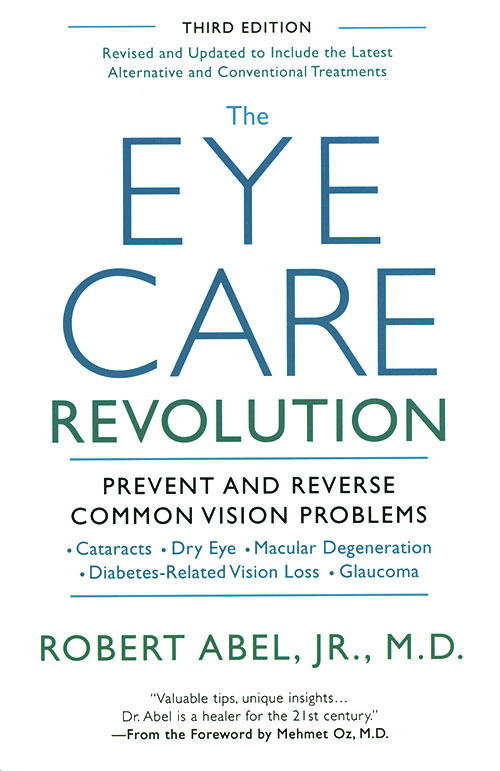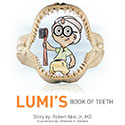Prevent Cataracts by Wearing UV-Blocking Sunglasses
We as ophthalmologists and physicians usually treat symptoms and not the root causes. There are four distinct areas that impact the health and function of the eye. They are sunlight, lifestyle issues, dietary imbalances and generalized stress to the entire body.
Sunlight is made of long intermediate and short wavelengths. The shortest wavelengths are the most toxic and they are X-Rays and UV light. The visual spectrum (colors of light) which the human eye can perceive are between 400 to 700 nanometers. Above 700 nm are infrared, microwave, radio and television wavelengths.
X-rays, gamma rays and UV may be blocked by the atmosphere and the Ozone layer. However, UV does penetrate and can be absorbed in the cornea and the lens of the eye; and over time speeds up the development of cataracts. Some of the UV light, especially in adolescents who have not developed mature lens fibers, can reach the retina and contribute to macular degeneration in later life.
Therefore, it is extremely important to wear good UV-blocking sunglasses (or have a UV filter in your regular glasses) during the peak solar hours from 9 am to 4 pm – even in the winter. Mountain climbers, pilots, astronauts and watermen demonstrate a higher rate of cataract development because of their exposure to UV light. Radiation is radiation and is cumulative. Therefore, sun protection for your eyes is as important as sun protection for your skin.







